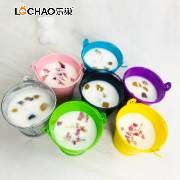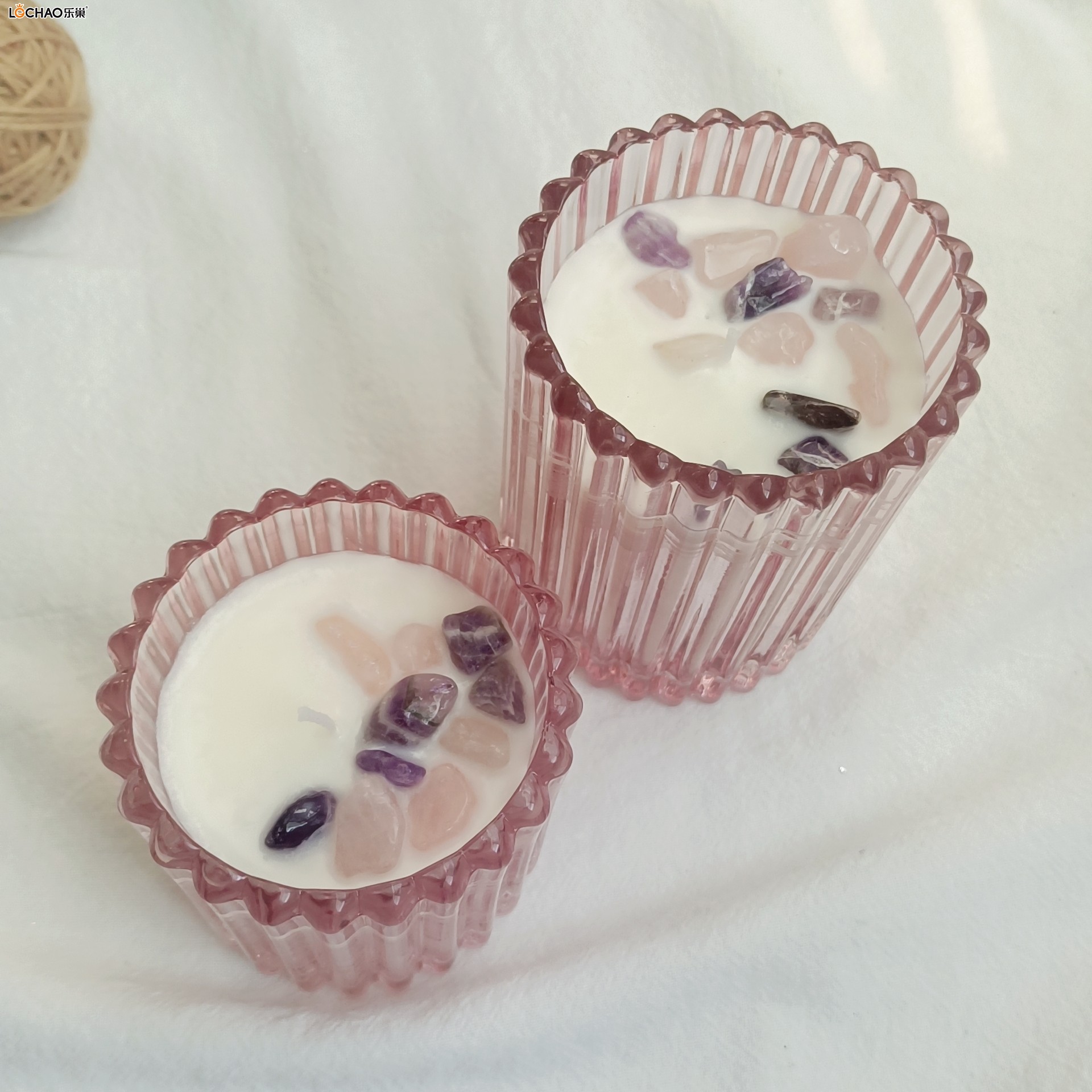With the improvement of living standards, liquid aromatherapy, which combines decorative functions and atmosphere - creating effects, has gradually become a "new favorite" in home and office scenarios. However, faced with a wide variety of products with different fragrances on the market, consumers often fall into a dilemma of choice. Industry insiders point out that when purchasing liquid aromatherapy, multiple factors such as needs, ingredients, and fragrance notes should be taken into account to find the truly suitable "exclusive fragrance".
1. Clarify Core Needs: Scene and Function Positioning Are the Primary Premise
"The first step in purchasing liquid aromatherapy is to clarify the usage scenario and core demands," said Ms. Li, an analyst in the home fragrance industry. Different scenarios have significantly different demands for aromatherapy. If it is used in the bedroom, you should prioritize light fragrances with soothing and sleep - aiding effects such as lavender and chamomile, and avoid strong fragrances that affect sleep quality. As the core area for receiving visitors, the living room can choose fresh and lively fragrances like citrus and lemon, or calm and atmospheric ones such as cedar and sandalwood, taking both atmosphere creation and guests' acceptance into consideration. For the office, it is recommended to use fragrances that can refresh the mind and improve concentration, such as rosemary and mint, to help relieve work fatigue.
In addition, functional needs also need to be focused on. Besides the basic fragrance function, some liquid aromatherapy products are added with antibacterial and odor - removing ingredients, which are suitable for spaces with obvious odors such as bathrooms and foyers. For families that pay attention to safety (especially those with the elderly, children, or pets), "non - irritating and low - volatile" should be taken as the core screening standard.
2. Keep an Eye on the Ingredient List: Natural and Safe Are the "Hard Indicators" for Purchase
The ingredients of liquid aromatherapy are directly related to usage safety and experience, and they are also the most easily overlooked part by consumers. A reporter's visit to offline home furnishing stores found that some low - priced products only mark vague ingredients such as "fragrance and solvent" and do not clearly indicate the specific source of raw materials. Industry experts remind that the ingredients of high - quality liquid aromatherapy should be traceable. It is better to choose products that take "natural plant essential oils" as the fragrance source, such as rose essential oil and tea tree essential oil. These products have purer fragrances and lower irritation.
At the same time, we need to be alert to products containing harmful chemical components. Substances such as formaldehyde, benzene, and synthetic musk may enter the human body through the respiratory tract, and long - term use may easily cause problems such as dizziness and allergies. Consumers are advised to choose products marked "methanol - free and phthalate - free" and pay attention to whether they have passed the national cosmetic safety test (most liquid aromatherapy products are regulated according to cosmetic standards). In addition, the choice of solvent is also crucial. Products with ethanol or isopropanol as solvents volatilize more evenly, while those with ethylene glycol as solvents should be used with caution to avoid the risk of accidental ingestion.
3. Fragrance Notes and Concentration: Adapt to Preferences and Space Size
The choice of fragrance notes varies from person to person, but it needs to be adapted to the space size and usage habits. The fragrance notes of liquid aromatherapy are usually divided into top notes (the first smell, such as citrus), middle notes (the core fragrance, such as floral and herbal fragrances), and base notes (long - lasting fragrance, such as woody and musk fragrances). Consumers can choose single fragrance notes (such as pure lavender fragrance) or compound fragrance notes (such as the fresh woody note of "lemon + cedar") according to their preferences.
In terms of concentration, higher is not necessarily better. Small spaces (such as bedrooms within 10 square meters) are suitable for products with a concentration of 5% - 10% to avoid discomfort caused by too strong fragrance. Large spaces (such as living rooms over 20 square meters) can choose products with a concentration of 10% - 15% to ensure the fragrance coverage. In addition, the volatilization rate is also an important reference. High - quality products control the volatilization rate through volatile sticks (such as rattan sticks and reed poles), and the fragrance can last for 1 - 3 months without obvious differences of "strong at first and weak later".
4. Pay Attention to Containers and Accessories: Consider Both Practicality and Decorativeness
The container of liquid aromatherapy is not only a "package" but also affects the usage experience and safety. At present, the mainstream container materials on the market include glass, ceramics, and plastics. Among them, glass and ceramic materials have strong stability, are not easy to have chemical reactions with liquid aromatherapy, and have better texture, which are suitable for home placement. For plastic containers, food - grade PP materials should be selected to avoid releasing harmful substances in high - temperature environments.
The design of accessories should also not be ignored. The number and material of volatile sticks will affect the fragrance diffusion effect. Usually, 5 - 8 rattan sticks can meet the needs of conventional spaces. Some products are equipped with adjustable bottle caps, which can adjust the volatilization rate by controlling the opening size, making them more practical. In addition, the sealing of the container is also very important. When not in use, it is necessary to ensure good sealing to prevent the fragrance from volatilizing in advance or the liquid from leaking.
5. Refer to Word of Mouth and Brands: Avoid "IQ Tax" Traps
Faced with the mixed brands on the market, consumers can select reliable products through word - of - mouth reviews and brand qualifications. Priority should be given to brands with mature production qualifications and good reputations, as these brands are usually more standardized in ingredient testing and production standards. At the same time, real user reviews on e - commerce platforms can be referred to, focusing on key feedback such as "fragrance reduction degree", "whether it is pungent", and "durability" to avoid buying inferior products that "do not match the pictures".
Industry insiders suggest that consumers who try for the first time can buy small - capacity products (such as 50ml - 100ml) for trial use. After confirming the fragrance and usage experience, they can choose large - capacity products. This can not only reduce the trial cost but also better find the suitable aromatherapy.
In a word, purchasing liquid aromatherapy needs to take into account the three cores of "needs, safety, and experience". Starting from details such as ingredients, fragrance notes, and practicality, aromatherapy can truly become a "plus point" to improve the quality of life rather than a "hidden danger" affecting health.





